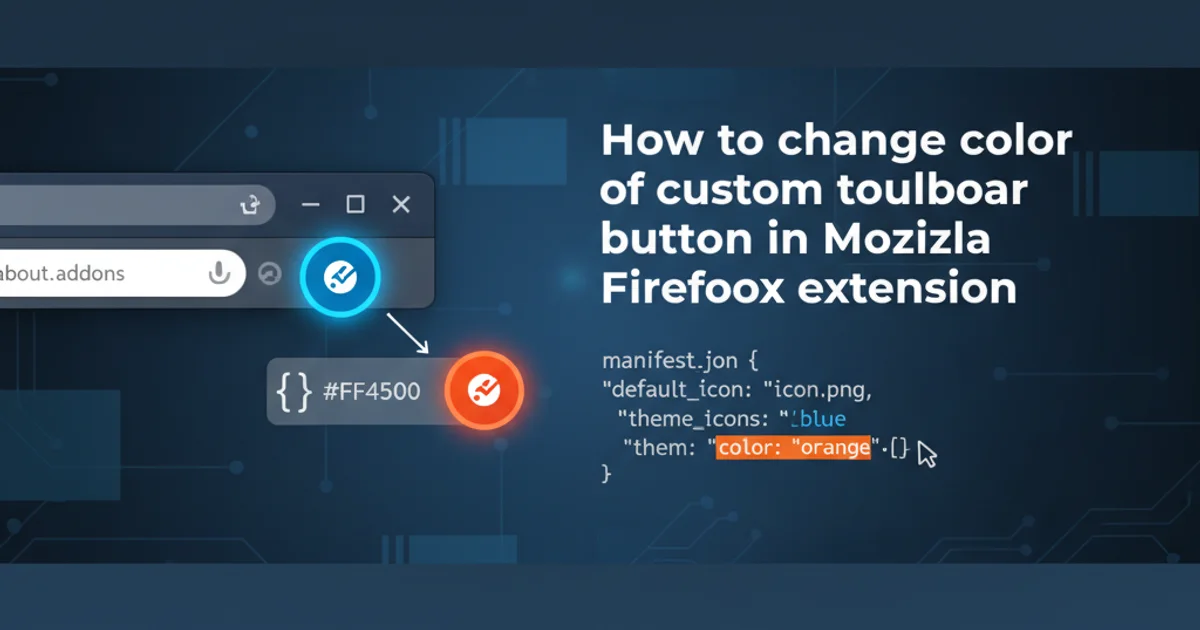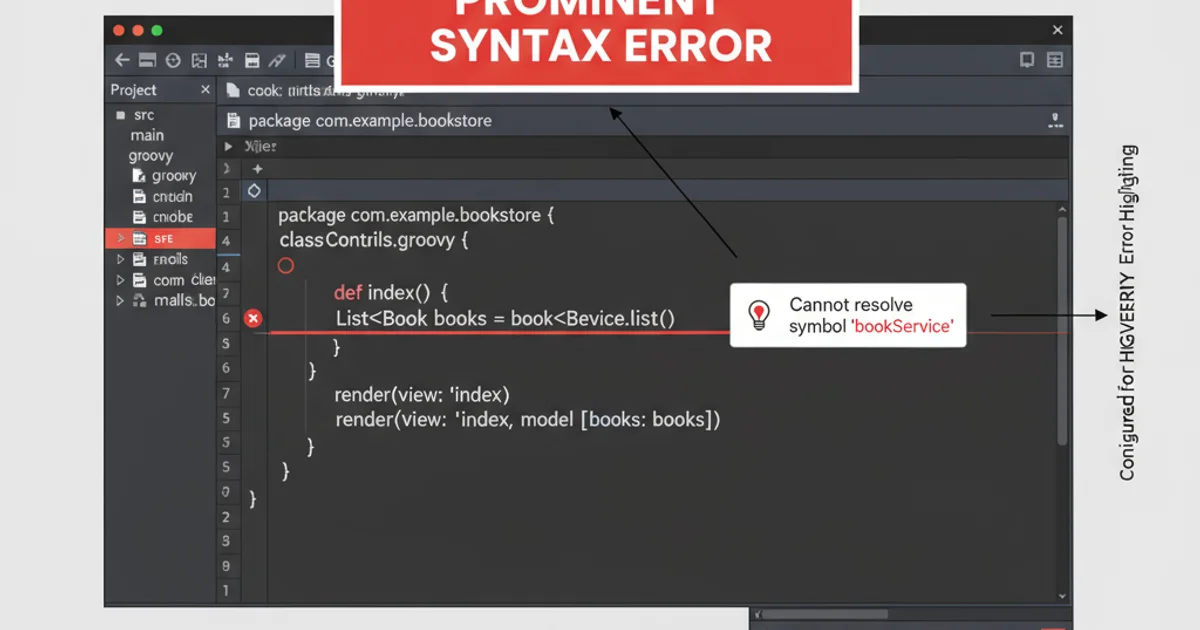Make IntelliJ prominently display Groovy/Grails syntax errors
Categories:
Make IntelliJ Prominently Display Groovy/Grails Syntax Errors

Learn how to configure IntelliJ IDEA to highlight Groovy and Grails syntax errors more effectively, improving your development workflow and code quality.
IntelliJ IDEA is a powerful IDE, but sometimes its default settings for Groovy and Grails projects can be a bit too forgiving when it comes to syntax errors. This can lead to runtime issues that could have been caught earlier. This article will guide you through configuring IntelliJ to make these errors more prominent, ensuring you catch them before they become bigger problems.
Understanding IntelliJ's Error Highlighting Levels
IntelliJ IDEA uses different highlighting levels to indicate various code issues, from simple warnings to critical errors. For Groovy and Grails, it's crucial to ensure that actual syntax errors are treated with the highest severity. Often, what should be a hard error might be demoted to a warning or even just a weak warning, making it easy to overlook.
flowchart TD
A[Code Editing] --> B{Syntax Error Detected?}
B -- Yes --> C{IntelliJ Inspection Level}
C -- Weak Warning --> D[Easily Missed]
C -- Warning --> E[Noticeable, but Ignorable]
C -- Error --> F[Prominent, Requires Fix]
F --> G[Improved Code Quality]
D --> H[Potential Runtime Issues]
E --> HIntelliJ's Error Highlighting Workflow and Impact
Configuring Groovy Inspections for Errors
The primary way to make Groovy/Grails syntax errors more prominent is by adjusting the inspection settings within IntelliJ IDEA. You need to navigate to the 'Inspections' section and specifically look for Groovy-related checks. By default, some critical issues might be set to 'Warning' instead of 'Error'.
1. Open IntelliJ IDEA Settings
Go to File > Settings (or IntelliJ IDEA > Preferences on macOS).
2. Navigate to Inspections
In the settings dialog, expand Editor and select Inspections.
3. Filter for Groovy Inspections
In the search bar at the top of the Inspections window, type Groovy to filter the list. This will show all Groovy-specific inspections.
4. Adjust Severity Levels
Review the Groovy inspections. Pay close attention to items like 'Groovy language errors' or 'Unresolved reference'. For any inspection that represents a critical syntax issue, change its severity level from 'Warning' to 'Error'. You can do this by clicking on the dropdown next to the inspection name.
5. Apply Changes
Click Apply and then OK to save your changes. IntelliJ will re-analyze your code with the new inspection levels.
Ensuring Proper SDK and Language Level Configuration
Incorrectly configured SDKs or language levels can also lead to IntelliJ misinterpreting Groovy/Grails code, resulting in false negatives (errors not shown) or false positives (errors shown where none exist). Always verify these settings.
1. Check Project SDK
Go to File > Project Structure (Ctrl+Alt+Shift+S or Cmd+;). Under Project Settings > Project, ensure the correct JDK is selected for your project.
2. Verify Groovy SDK
Still in Project Structure, navigate to Platform Settings > SDKs. Ensure your Groovy SDK is correctly configured and points to the right Groovy installation.
3. Set Groovy Language Level
Under Project Settings > Modules, select your module. Go to the Dependencies tab and ensure the Groovy language level is set appropriately for your project (e.g., Groovy 2.5, Groovy 3.0). If you're using Grails, this often aligns with the Grails version's Groovy dependency.
Example: Unresolved Reference Highlighting
Let's consider a common scenario: an unresolved reference. By default, IntelliJ might show this as a warning. By changing its severity to 'Error', it becomes much harder to miss.
class MyService {
def someMethod() {
// 'undefinedVariable' is not declared
println undefinedVariable
}
}
After adjusting the 'Unresolved reference' inspection to 'Error' severity, the undefinedVariable will be highlighted in red, indicating a critical issue that prevents compilation or execution.

IntelliJ highlighting an unresolved reference as an error.
By following these steps, you can significantly improve IntelliJ IDEA's ability to prominently display Groovy and Grails syntax errors, leading to cleaner code and fewer surprises at runtime. Regularly reviewing your inspection settings and ensuring proper SDK configuration are key practices for any Groovy/Grails developer.